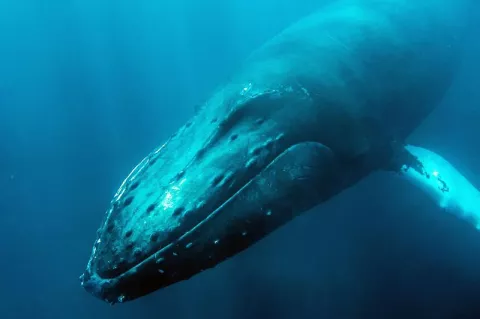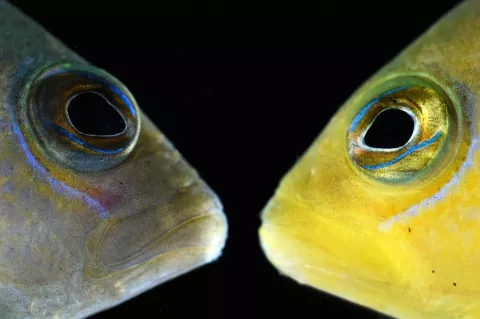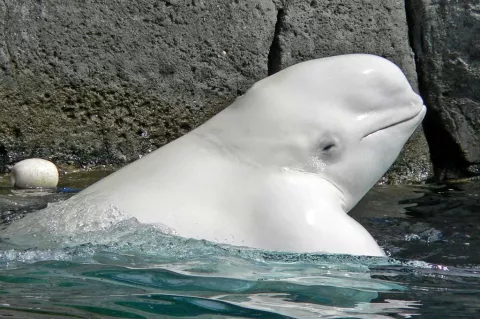Humpback whale numbers double off Eastern Australia
very year from late April to August, humpback whales migrate north along Australia’s Pacific coast to the warm coastal waters of Queensland and the Coral Sea to mate and give birth. According to Geoffrey Ross, wildlife management officer and coordinator of the Marine Fauna Program for the NSW National Parks and Wildlife Service (NPWS) off Cape Solander south of Botany Bay, humpback whale migration periods are becoming longer annually as their numbers increase.







